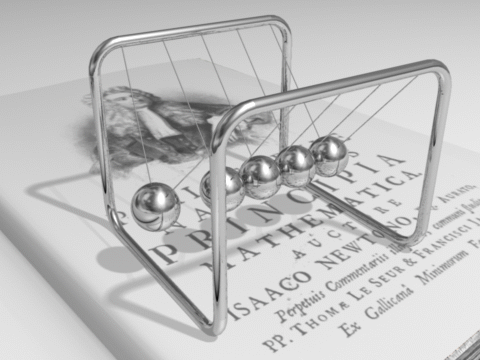AllanF wrote:The other day i was in class with my teacher when he came over to me and put his hands on my chest told me to resist as i wished and then without moving much bounced me away 5ft, i must note here that his arms did not "wind-up" at all. The only movement was from his dan tian/lower spine.
If I understand your description correctly, the basis of this is is what Mike Sigman used to teach beginners to do over the course a weekend. The basic mechanics of it are relatively straight-forward. From there, it is just lots of practice. (There's much more to use of the dan tian than this demonstration.)
In terms of training this he told me i should stand in the lou xi ao bu... and imagine a pathway... you should imagine a path inside the arms and across the chest...Thirdly you should imagine a path vertically...stand in the hunyuan zhan zhuang posture... then you can do the same visualizations...
There are many ways of training. Visualization may help some people, but isn't necessary. In my experience, what the standing does, regardless of visualization or not, is to teach you "song", a prerequisite to connecting the parts of the body as a whole in movement. It is a physical skill involving mental attention.
First question, have you have any success in projecting/bouncing someone out by only rotation the dan tian? ie from a static position with no other movments except from the dantian, no arms no leg compression etc.
Can't speak for other arts, but in Taijiquan, this isn't the object. The object is to unite all of the parts of the body in movement initiated from the center (dan tian). As one gains skill, the external movements of the individual parts of the body become progressively smaller to the point that little is visible. Even at this point the body is compressed and expanded as a whole, even if not visible as such. "Rotation" of the dan tian involves more than just the musculature/connective tissues of the abdomen. To start it may be trained in relative isolation, but later it connects and involves much of the body.
Secondly how do you train this?
In Chen Taijiquan, silk reeling is the method. The silk reeling can be trained during forms practice - if one knows how to practice it, as opposed to just doing choreography - or through numerous individual exercises. Seemingly each teacher has his or her own favourite individual chan si gong. The key to whole body movement, and connecting the parts of the body to the dan tian, is fang song (not to be confused with being limp). After suitable correct practice, with the middle being sufficiently loose, movement originates and concludes in the dan tian. Once this happens, the power of "the middle" can be directed to the extremities. As one's skills improve, the external motions of the body become increasingly less visible, until "it was just the dan tian".
Thridly in regards to breathing what breathing do you employ and how do you train it?
Depends in part on the stage of training/skill. Some recommend one start with reverse breathing, others "natural" breathing. I'm of the current opinion that as long as you breath, it doesn't really matter until you are sufficiently "loose" to connect all of the parts of the body. I think most underestimate just how difficult it is to achieve the requisite level of fang song.
Tu-ky Lam a Chen taijiquan via Ma Hong and yiquan student (don't know his lineage) said:
The rotation of dan-tian is actually reverse abdominal breathing, plus the turning of the dan-tian, which is our lower abdomen.
http://tukylam.freeoda.com/dantian.htmlDo you agree with this?
It is difficult to put this sort of stuff into words. Generally, I agree with what he had to say, but am aware that what he said can be interpreted in many different ways based upon one's experience and understanding, leading many to a completely inaccurate interpretation.


 ) Plug:
) Plug: 


